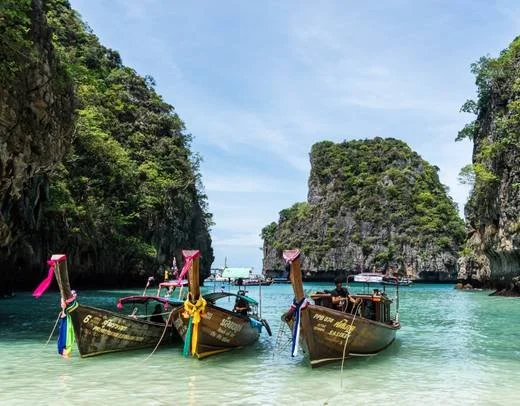
Embark On A Journey

A Destination for Everyone

Discover New Horizons
Escape the ordinary and embark on an adventure of a lifetime! Whether you're seeking thrilling outdoor activities or serene moments in breathtaking destinations, our adventures are designed to inspire and excite.
Customize Your Travel Experience
-
Customize Your Travel Experience -
Guided Tours:
Tours give you first hand info at iconic landmarks and hidden gems
Luxury Resorts:
Stay at resorts around the world, offering entertainment for one or all.
Cruise Getaways:
Embark on a cruise to see it all, may it be several countries or multiple ports.
Destination Weddings:
Immerse yourself in your love story while being catered to hand and foot.









